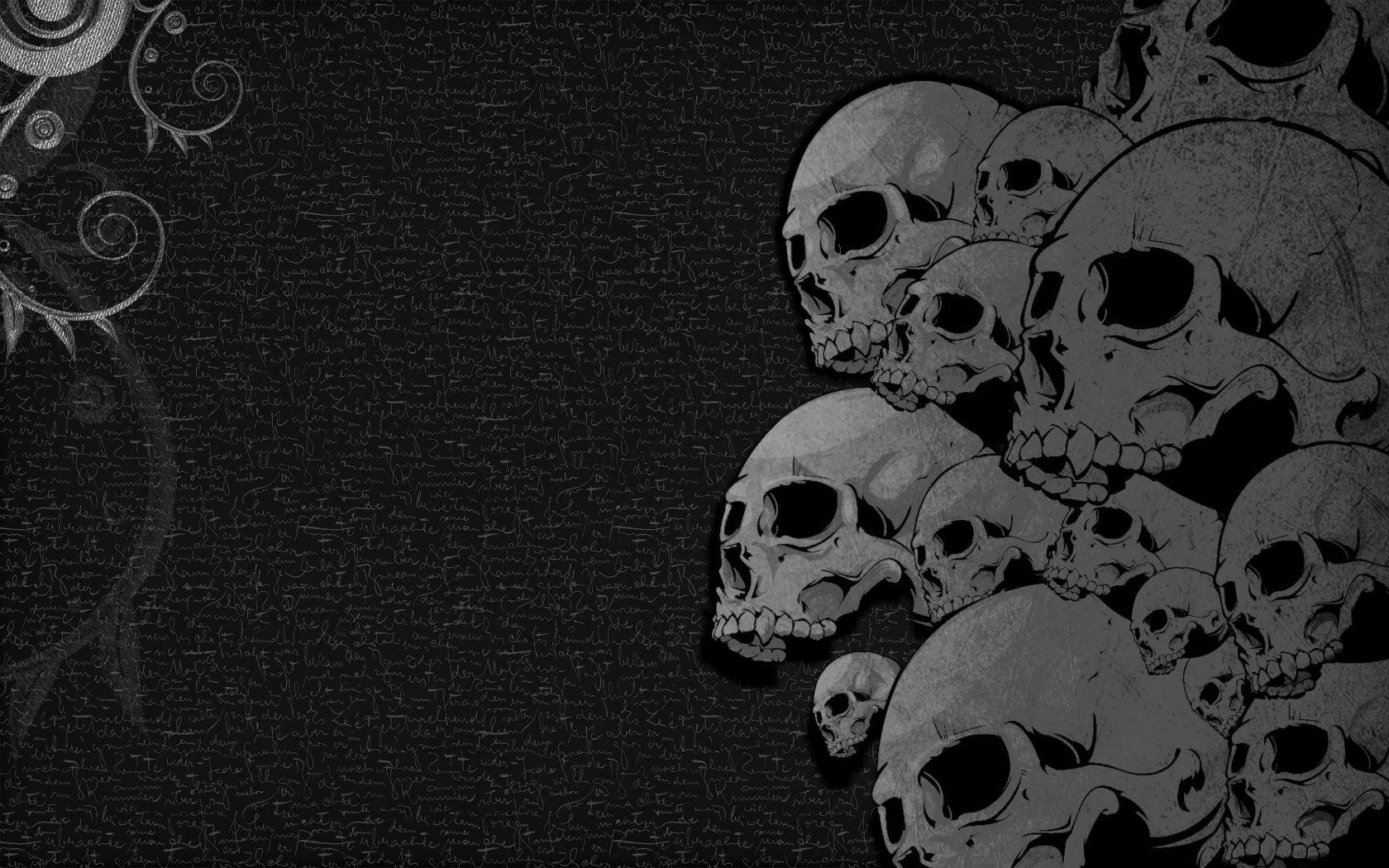

Spirometry was also continuously monitored, using the same monitor, but was recorded every 15 min. During anaesthesia, heart rate and rhythm, haemoglobin oxygen saturation (SpO 2), oscillometric blood pressure, oesophageal temperature and capnography were continuously monitored and recorded every 5 min using a multiparameter monitor (Datex-Ohmeda, GE, Helsiniki, Finland). Anaesthesia was maintained with sevoflurane (Sevohale, Chanelle, Loughrea, Ireland) in 100% of oxygen administered through a Mapleson D breathing system, with a fresh gas flow rate of 1.5 L/min.
SKULL AND BONES WALLPAPER MANUAL
The cuff of the ET tube was inflated using the minimum occlusive volume (MOV) technique, consisting of inflation of the cuff with air, using a regular syringe until there was no audible air leakage noise when applying positive airway pressure of 20 cmH 2O with a manual breath. The patient’s trachea was intubated using a cuffed polyvinyl chloride (PVC) endotracheal tube (ETT), with an internal diameter (ID) of 4 mm. For induction of anaesthesia, a total of 2 mg/kg of alfaxalone was administered to effect through the left cephalic vein until endotracheal intubation could be achieved without a coughing response. Two cannulas were placed, one into the right cephalic vein and another one into the left saphenous vein. The dog was premedicated with a combination of methadone (0.2 mg/kg) (Methadyne, Jurox, Crawley, UK), midazolam (0.2 mg/kg) (Hameln pharma LTD, Gloucester, UK) and alfaxalone (2 mg/kg) (Alfaxan/Multidose, Jurox, Dublin, Ireland) intramuscularly (IM). The haematocrit was 28.3% on a blood sample taken after induction of anaesthesia. The dog was healthy on presentation, and its biochemistry was unremarkable.
SKULL AND BONES WALLPAPER FULL
Using a higher V T from the beginning, to compensate for the compliance of the breathing system, or the use of pressure-controlled ventilation (PCV), could have potentially helped to avoid these two incidences of severe hypercapnia.Ī 2-month-old, male 1.56 kg Yorkshire terrier was admitted for cornea-conjunctival-transposition (CCT) surgery of the right eye, after suffering a full thickness corneal trauma and iris prolapse following a cat scratch. Both patients maintained an oxygen haemoglobin saturation between 94% and 100% throughout the procedure and they recovered well. The two cases had to be ventilated manually, using positive inspiratory pressures (PIP) of 20–25 mmHg, in order to improve alveolar ventilation and reduce the EtCO 2, as adjustments to the VCV were ineffective. Both cases developed low dynamic compliance (C D), and after a recruitment manoeuvre, EtCO 2 of up to 116 mmHg and 197 mmHg were revealed for cases No. The type of ventilator used did not take into account the intrinsic compliance of the breathing system therefore, a significant part of the delivered V T was wasted in the expansion of the breathing system, and did not reach the patients, causing alveolar hypoventilation. For both patients, volume-controlled ventilation (VCV) was used with set tidal volumes (V T) of 13 mL/kg and 20 mL/kg for cases No. 2) were scheduled for ophthalmological surgery under general anaesthesia and neuromuscular blockade. 1) and a 3-month-old male 2.3 kg Jack Russell Terrier (Case No. AbstractĪ 2-month-old male 1.56 kg Yorkshire terrier (Case No. Pressure-controlled ventilation, ventilators that take into consideration the compliance of the breathing system and the use of manual breathing, among other techniques, could contribute to better ventilation of those patients. Adjustments in the volume-controlled ventilation failed to ventilate effectively, and manual ventilation was used for the remainder of the procedure until recovery. Both patients were ventilated using the same ventilator in a volume-controlled mode, and the actual level of hypercapnia was detected only when manual ventilation was used, and alveoli were properly ventilated. We presented two cases of severe hypoventilation during anaesthesia in paediatric dogs due to inadvertent ventilation mainly of the upper airways, and possible development of lung collapse. Ventilation of paediatric patients is more complicated because of their small size, the underdevelopment of their respiratory system and the lack of evidence-based guidelines for this age group. Mechanical ventilation is mandatory during ophthalmological surgeries when neuromuscular blocking agents are used.


 0 kommentar(er)
0 kommentar(er)
